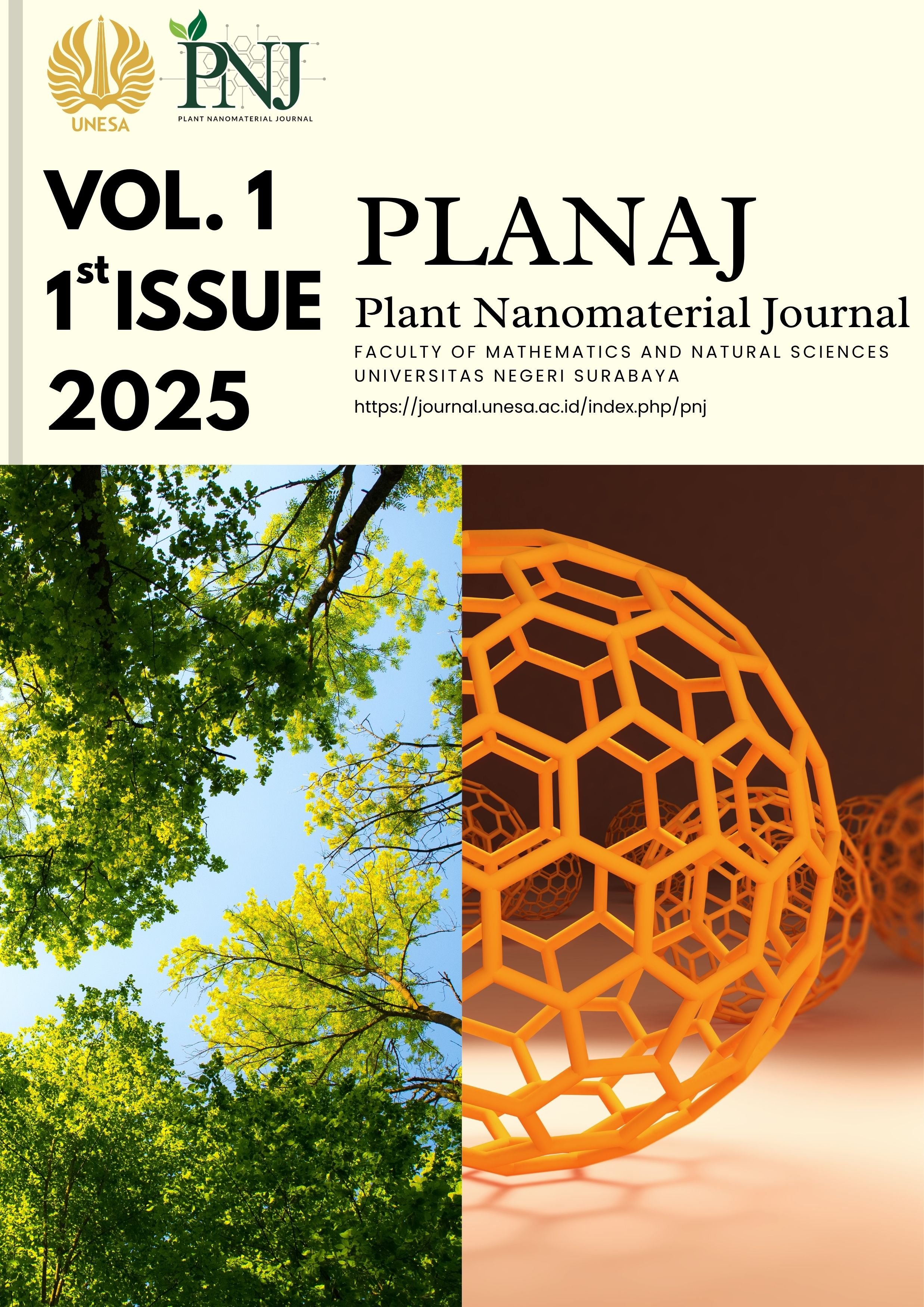HARPIN ADSORBED SILVER NANOPARTICLES INDUCED ANTI-OXIDANT ENZYMES IN TOBACCO
DOI:
https://doi.org/10.26740/pnj.v1i1.43962Abstract
Elicitors such as harpin exhibit hypersensitive response upon infiltration in non-host plants. Foliar spray of harpin is not economical due to its poor bioavailability on the plant. Harpin in the form of nanoparticle would increase its appearance in the cellular environment. So here we tested, harpin coated silver nanoparticles (H-AgNPs) as a foliar spray on tobacco plant. Reproducible, stable small sized (~ 44 nm) silver nanoparticles (AgNPs) were prepared by seed mediated method and adhered with harpin. Conjugation of harpin was confirmed by elemental analysis and UV-Visible spectrophotometry. Harpin attachment resulted in increase in size of H-AgNPs, determined by transmission electron microscopy and zeta sizer observations. Obtained results revealed incremental rise in ascorbate peroxidase, glutathione reductase and peroxidase within 12 hours. The outcome of the experiments showed that H-AgNPs with nanozyme nature could mitigate the oxidative stress in plants. It is clearly evident that H-AgNPs are internalized and pronounced elicitor activities when AgNPs and harpins are together . This method of application resulted in decreasing the effective concentration of the harpin in inducing micro hypersensitive response in the plant and proved that H-AgNPs can be used as nanoelicitors at appropriate concentrations.
Downloads
Published
Issue
Section
 Abstract views: 63
,
Abstract views: 63
, PDF Downloads: 69
PDF Downloads: 69







